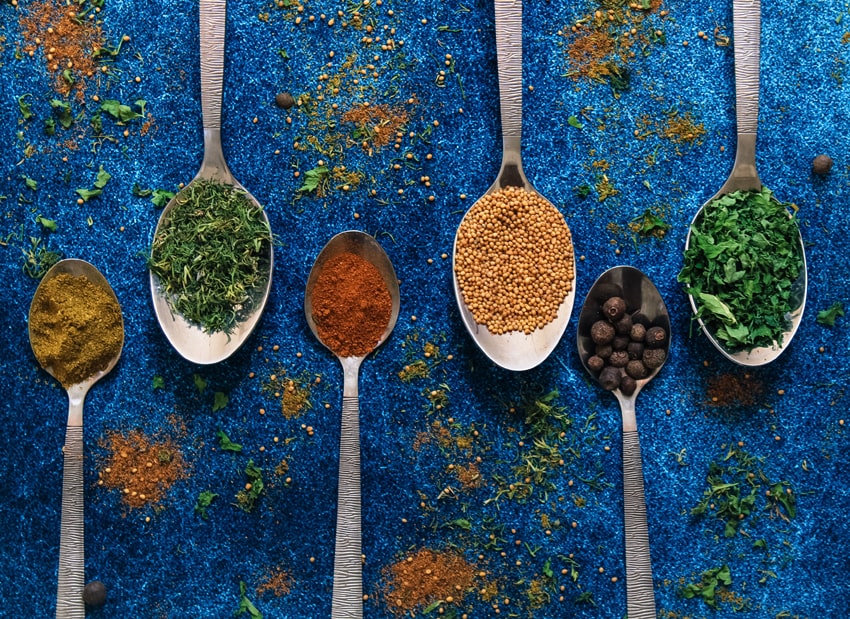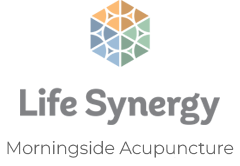
The Truth About Herbs
The rapid growth rate in the herbal industry presents many practitioners and clients with the complex and confusing task of identifying and selecting high-quality products. While there are reputable companies providing quality herbs, there are also unethical manufacturers selling substandard products that generate negative press for the whole profession.
Although many herbal products on the market share the same traditional name and similar ingredients, the potency and purity of products can vary drastically between companies. The therapeutic efficacy of an herbal product can only be guaranteed with tests to verify authenticity, potency, purity, and safety.
Authenticity
In Chinese herbal medicine, one of the biggest challenges is to identify the correct species of each herb. In the dried form, many herbs look, taste, and smell alike, making identification difficult. One problem that arises for herb buyers is that unethical suppliers substitute inexpensive herbs in place of expensive or hard-to-obtain herbs. For example, ren shen (ginseng) may be substituted with white radish sprayed with ginseng flavor. While misrepresented identity in this case results only in over-priced product and ineffective therapeutic results, other mistaken identities can lead to serious harm. Visual inspection of the herbs offers some assurance; however, there is no guarantee that what you are buying is authentic, especially if the end product you are examining is a tablet or a capsule. The one guarantee of authenticity is to use a laboratory test known as Thin Layer Chromatography (TLC). This is a test that identifies the unique component makeup of each substance examined, a chemical fingerprint which guarantees authenticity. While most of the industry continues to rely on visual inspection, chinese herbs must pass TLC test to ensure authenticity, thus avoiding misidentification and lethal accidents.
Potency
Herbs of the same species will vary in their active ingredients based on the location in which they are grown, the time of harvest, and the processing techniques used. Potency is the term reflecting the quantity of bio-active ingredients present in the herbs. Herbal extracts have the highest concentration of active ingredients, allowing patients to take a substantially lower quantity while achieving the same dosage and therapeutic effect as would be gained from a larger quantity of tablets made from raw herbs.
The potency of raw herb tablets is further compromised by inactive materials such as fiber, substrate, and fillers. Visually inspecting the tablets for raw herb content may reveal speckles of fibers amid varying colors or textures. This indicates a high amount of biologically-inactive material. High Performance Liquid Chromatography (HPLC) is a standardized testing technique performed on all pharmaceuticals to ensure that the bio-active constituents are present in proper concentration, confirming potency and consistency. In the U.S., herbs are classified as dietary supplements. As such, the U.S. manufacturers are only required to ensure safety, but not efficacy. Thus, HPLC testing is rarely performed for the products made in the U.S. due to high costs and the absence of legal requirement. On the other hand, The herbs we supply are pharmaceutical- grade extracts manufactured in Taiwan. To ensure potency and efficacy, our suppliers herbs are tested with HPLC for qualitative and quantitative analysis.
Purity
Ensuring the purity of the end products requires rigorous cleaning of raw herbs before extraction to remove unwanted materials such as sand, fungus, spores, sulfur, and insect eggs. Purity is especially an issue with the products made from raw herbs. A simple purity test is to chew and taste products for a sandy or gritty texture in the end products. The presence of sand or grit is an indication of impurity. Many products that are simply pressed into tablets from raw herb powder will present this problem.
Processing procedures that incorporate alcohol (up to 30% by weight) in tincture, may alter the action of the herbs and create unwanted side effects. Alcohol creates heat and adversely increases blood circulation.
If the herb appears dark and has a burnt or overly bitter taste, it is over-cooked and the active ingredients may have been destroyed. The analogy of this is much like cooking vegetables for a prolonged period of time under extreme heat will destroy the vitamins. Many self-proclaimed “super-concentrates” are made by over-cooking the herbs. Unfortunately, even if the concentrate has a 10:1 ratio, the product is ineffective if the active ingredients were destroyed by heat. A 10:1 ratio simply means 10 pounds of herbs are condensed into 1 pound of finished product. It does not take into account the quality of the raw material nor the integrity of the final product. True super-concentrates are anhydrides (literally, ‘without water’) and must come blister packaged to protect the concentrate from moisture. They reflect the true taste of the herbs when mixed with water. True super-concentrates are expensive to make, costing nearly double that of commonly seen extracts in Australia. Imports of anhydride herbal products to this country have been slow, due to cost and lack of demand.
Safety
Herbs are susceptible to a number of contaminants including heavy metals. Furthermore, some products may contain drugs, without proper disclosure on the labels. Therefore, to ensure safety and efficacy, all products should be tested and have a certificate of analysis (COA) available for practitioners to review. Once again, it is important that the COA is performed on each and every batch, not just on a random basis, to ensure the safety of the herbs. Many companies who claim to have the highest quality products ironically perform these quality control tests only once a month, or sometimes once a year. Our suppliers, on the other hand, performs laboratory examination on all our herbs and keeps a copy of the COA for each and every batch of herbs produced.
Our Promise
Every country has a set of manufacturing guidelines known as Good Manufacturing Practice (GMP). There are two types of GMP – food GMP that ensures safety, and pharmaceutical GMP that ensures safety and potency. While most herbs in Australia. are made under food GMP standard, While there are reputable companies providing quality herbs, there are also unethical manufacturers selling substandard products that generate negative press for the whole profession. The herbs we sell KODA and Evergreen are manufactured under pharmaceutical GMP standards. This mandates that all our products have undergone TLC testing to validate authenticity, HPLC testing to ensure potency, and have a COA to guarantee safety and purity. In other words, these products are manufactured with surgical precision in a bio-med laboratory while other herbal products are made with food standard. If you believe Chinese herbs are medicine, you must use Chinese herbs that are made with pharmaceutical precision to attain desired therapeutic results.
Reference – Evergreen Herbs website https://www.evherbs.com/evshop/quality/the-whole-truth-about-herbs
